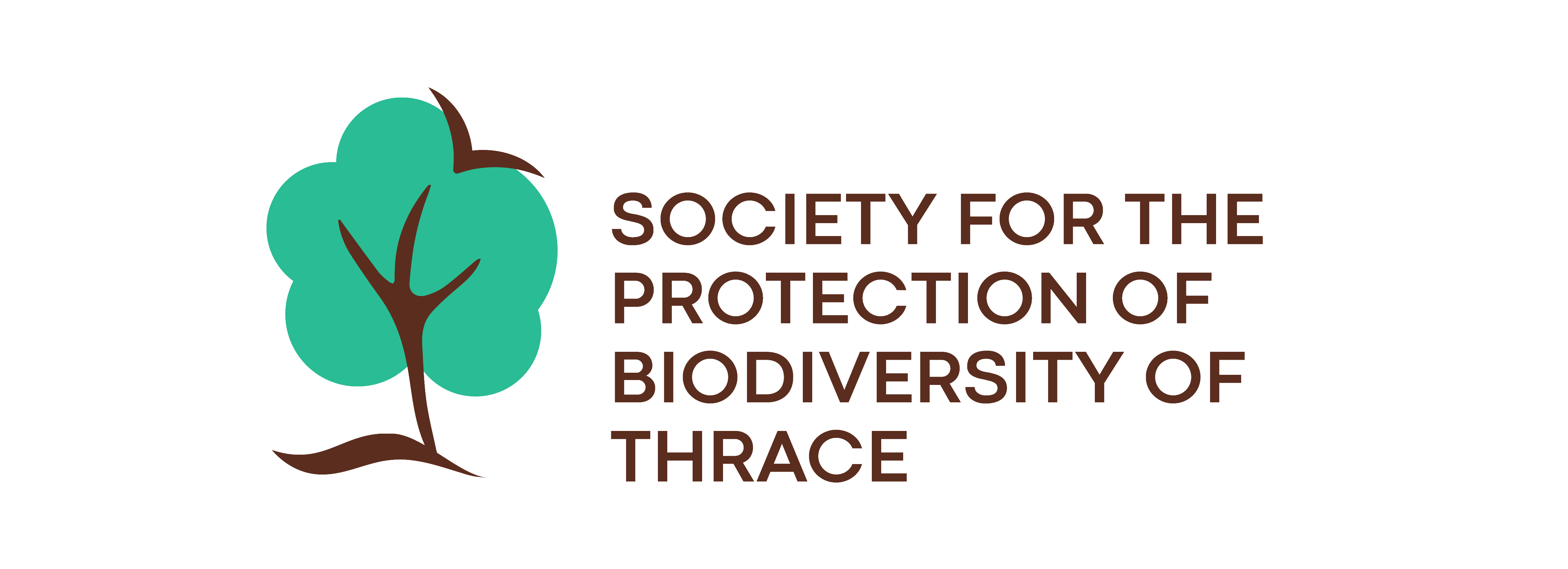Birds and bats recorded as "victims" of the wind turbines in Thrace: For the first time organised in a database!
Since 2008, when the first systematic survey for dead birds and bats in the Wind Farms of Evros and Rhodope was carried out by WWF Greece (lasted two years), until 2023, 563 incidents of birds and bats colliding with wind turbines in Evros and Rhodope (276 currently operating) have been recorded. Of the 563 total incidents, 292 (52%) have been found during the systematic survey by WWF Greece in a period of only two years (2008-2010) and in only some of the 276 wind turbines currently operating (127 wind turbines in 2008-2009 and 88 in 2009-2010). The remaining 271 incidents were recorded during the surveys carried out under the responsibility of the wind farms companies at some of the operating wind turbines (2012-2022) and from random detections (e.g. satellite transmitters, information). Of the 563 incidents, 35 are birds of prey (16 of which vultures), 198 birds of other species and 330 bats.
It is worth noting that three birds of prey (a cinereous vulture, a booted eagle and a honey buzzard) collided with wind turbines that had an automated collision avoidance system installed and even the system detected through the cameras the birds approaching, the turbines failed to stop in time and the birds collided on them. Those incidents, as well as other incidents that have been recorded abroad, demonstrate that these automated systems are not fully effective, therefore cannot ensure mitigation of impacts on protected species.
The actual number of victims is clearly higher than the number recorded, since it has been proven in practice (through satellite transmitters and surveys) that in many cases the "victims" are not found. For example, some birds after collision fall a long distance from the turbines in an area that is not monitored, or are injured and until they die they move far away from the turbines in an area that is also not monitored. They can also fall in places with dense vegetation and the observer is unable to locate them, or are consumed by mammals in the interval between surveys when several days elapse between them.
As these data were only available scattered in studies and technical reports submitted to the authorities or in letters, we collected and organised them in a database, accessible on our website, which we update every time a new incident is recorded. The database, created for the first time for collision incidents in Evros and Rhodope, will be a useful tool for planning and siting wind farms, impact assessment, decision making or providing opinion and research, while is highlighting the importance of proper and detailed research on collision incidents.








